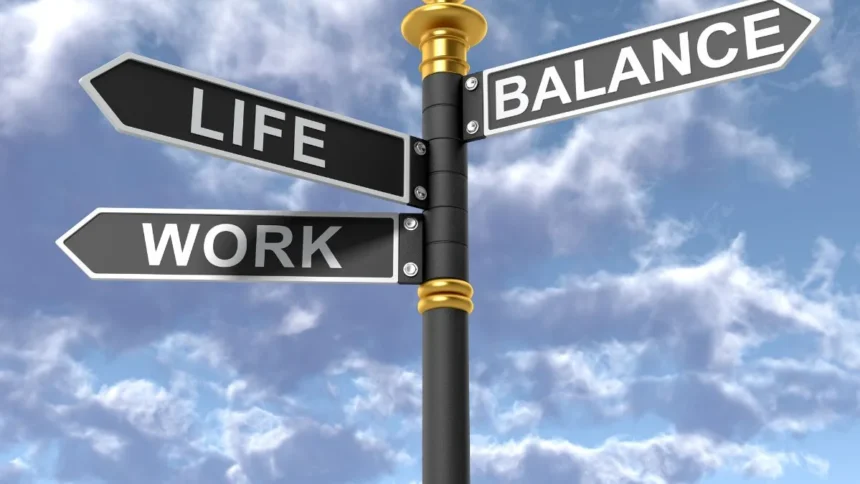In today’s fast-paced world, achieving work-life balance has become a critical goal for many individuals. Striking the right equilibrium between professional commitments and personal life is essential for mental well-being, productivity, and long-term happiness. This article explores the concept of work-life balance, its importance, challenges, and actionable tips to maintain harmony between career and personal pursuits.
What is Work-Life Balance?
Work-life balance refers to the state of equilibrium where a person effectively manages the demands of their career and personal life. It involves allocating adequate time and energy to work responsibilities while reserving sufficient resources for family, health, hobbies, and relaxation.
The Importance of Work-Life Balance
- Mental and Physical Health: A well-balanced life reduces stress and prevents burnout, which can lead to chronic health issues such as anxiety, depression, and heart disease.
- Increased Productivity: A refreshed and relaxed mind is more focused and efficient, leading to better performance at work.
- Stronger Relationships: Spending quality time with loved ones nurtures relationships and builds emotional connections.
- Personal Growth: Pursuing hobbies, learning new skills, and engaging in recreational activities contribute to personal development.
Challenges to Achieving Work-Life Balance
- Technology Overload: The constant connectivity through smartphones and emails blurs the boundaries between work and personal time.
- High Job Demands: Competitive work environments often require long hours and high performance, leaving little time for personal life.
- Lack of Boundaries: The inability to set clear limits between work and home life leads to overcommitment.
- Guilt and Expectations: Many individuals feel guilty about prioritizing personal needs over work, driven by societal or workplace pressures.
Tips for Achieving Work-Life Balance
- Set Clear Boundaries: Define specific work hours and stick to them. Avoid checking work emails or taking calls during personal time.
- Prioritize Tasks: Use tools like to-do lists or apps to manage tasks efficiently, focusing on high-priority activities.
- Learn to Say No: Politely declining excessive commitments helps avoid overloading your schedule.
- Take Regular Breaks: Incorporate short breaks during work hours to recharge and maintain focus.
- Leverage Flexibility: Explore remote work options or flexible schedules to better integrate personal and professional responsibilities.
- Practice Self-Care: Allocate time for physical activities, meditation, and hobbies that rejuvenate your mind and body.
- Delegate and Collaborate: Share responsibilities at work and home to reduce the burden.
The Role of Employers in Promoting Work-Life Balance
Organizations play a significant role in fostering work-life balance for their employees. Offering benefits such as flexible work arrangements, mental health resources, and paid time off can greatly impact employee well-being. Companies with a culture that values balance tend to have higher employee satisfaction and retention rates.
Embracing Work-Life Balance in a Digital Era
As technology continues to evolve, so does the challenge of maintaining work-life balance. However, technology can also be leveraged to improve it. Time management apps, productivity tools, and virtual collaboration platforms can help streamline tasks and save time.
Conclusion
Achieving work-life balance is not a one-time effort but an ongoing process that requires conscious choices and adaptability. By prioritizing personal well-being alongside professional goals, individuals can lead more fulfilling and harmonious lives. Employers, too, must recognize the importance of balance and contribute to creating a supportive environment.
Get more info: https://www.timelinetale.com/







